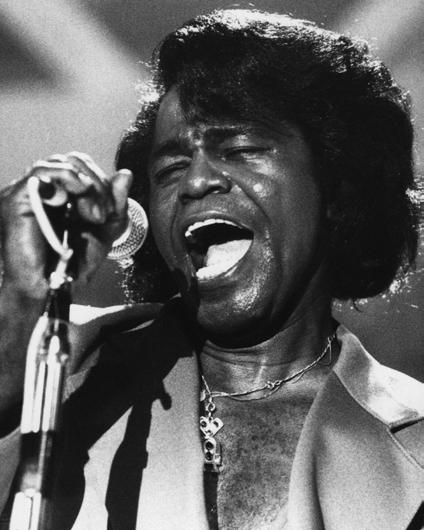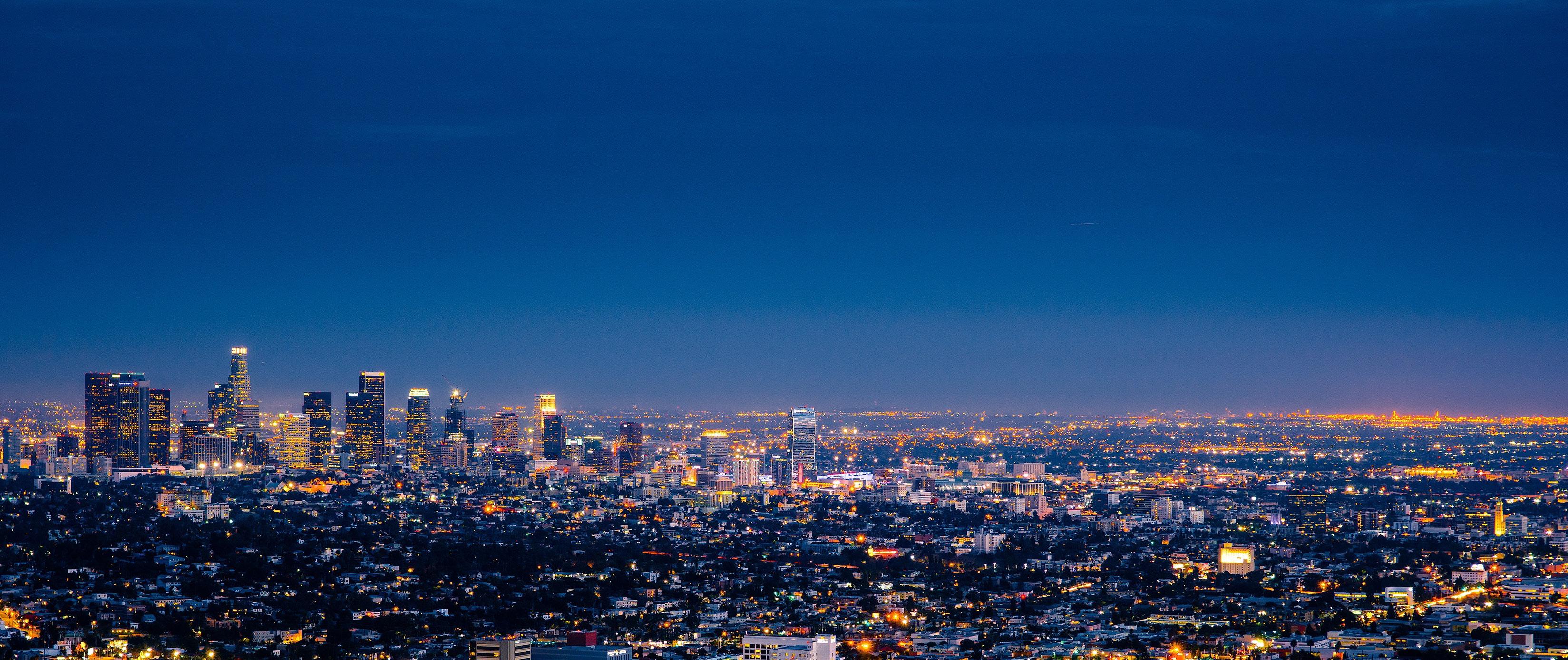
4 minute read
History of Junettenth
HISTORY OF JUNETEENTH
Juneteenth, also referred to as Emancipation Day, or Freedom Day, or the Black 4th of July, or Cel-Liberation Day, among other terms, is the oldest event in America celebrated nationally to commemorate the coming to an end of the slavery period in the US. The day originates back in June 19, 1865, when Major General Gordon Granger led the Union soldiers to Texas. The Major General had gone to announce the end civil war had ended and deliver the message that the slaves be freed.
According to history, the message of freedom was delivered in Texas two and a half years after Abraham Lincoln, the-then US president, had officially signed an Emancipation Proclamation long ago on January 1, 1863. Slavery had proceeded in Texas for two and a half more years after it had come to an end in other parts of the US. History states that Lincoln’s Emancipation Proclamation implementation delays in Texas were a result of the inadequacy of Union troops in Texas to implement the Executive Order. The Order was eventually fully enforced in Texas following the surrender of the rebellious General Lee in April that year. The US government then sent an adequate number of troops to Texas to enforce the orders and overcome the resistance.
After freedom was granted to the slaves of Texas, investigations to determine why the state had not honored the Executive Orders for two and a half years took the course. The investigations resulted in the emergence of several different versions that have been passed down to the other generations.
One of the versions is the story of the murder of the messenger while he was on the way to Texas to deliver the message that would see the slaves set free. Another version explains that the orders were deliberately upheld by the enslavers so that they could continue using the
free labor force in their plantations. The other version explains that federal troops delayed the enforcement of the orders for the enslavers to have one last free labor cotton harvesting before going to Texas to implement the Executive Orders.
On the other hand, history also explains that the president’s authority over rebellious Texas was questionable. Conditions in Texas during that time were somewhat different from the statutory conditions in other parts of the US.
Well, let’s get back the freedom day. On that day, June 19, 1865, General Granger’s first Order of business was to read out loud the General Order No. 3 to the people of Texas. The Order read, “The people of Texas are informed that in accordance with a Proclamation from the Executive of the United States, all slaves are free. This involves an absolute equality of rights and rights of property between former masters and slaves, and the connection heretofore existing between them becomes that between employer and hired laborer.”
The news was received with a pure shock followed by an immediate round of jubilation. The former slaves knew nothing about an employer-employee relationship, and this was a new thing to them. Everyone started to linger around, trying to learn this new relationship. While this was going on, others fled from their former masters even before they negotiated any relationships. This reaction attests to the kind of life they were facing as laborers in the plantations and the new reality of freedom.
The thirst to grasp the first sight of freedom since they came to the US compelled many to leave even without having anywhere to go. The North was considered a suitable destination for many to go as it was away from the plantations. On the other hand, the desire to connect with the family members in the neighboring states forced others to move to Louisiana, Arkansas, and Oklahoma. Moving to these new territories and settling as free US citizens brought a different kind of reality to the black people. They had the responsibility to establish a black American status that never existed amongst the On a recount of the memories the first day they breathed freedom, the black Americans got motivated to face the pressures they encountered trying to settle in their new territories. Since then, the celebration was encrypted “Juneteenth” and has been commemorated down across all the generations. The Juneteenth then was marked as a time for giving reassurance to each other, a time to pray and a get-together for the family members who survived. The day continued to gather more crowds in Texas tens of years later with many descendants of the former slaves undertaking a pilgrimage to Galveston every year, something that takes place up to date.
As time passed, the Juneteenth celebrations started adopting a particular kind of tradition. A range of activities was undertaken to mark the celebrations, some of which continue even in today’s Juneteenth celebrations. Barbecuing, baseball, fishing, rodeos, among others, are some of the common activities during Juneteenth since time immemorial. The celebration also features guests who are invited to address education matters as well as matters concerning self-improvement. Elders are also called upon to give a recount on the past events as a way to pass the information down to the current generation. Prayer services also are among the significant events of the celebrations since long ago.
Juneteenth celebrations continue to be commemorated even in the US today and have gained more masses than before. The commemorations were faced with a few challenges in the 20th century, such as the assimilation of the black culture due to the American education system, which did not emphasize the events of slavery. However, in the 21st century, the celebrations have gained more and more masses, as many states and cities have resolved to create Juneteenth committees oversee the commemoration of the day. The future of Juneteenth is now as bright as ever.
Work Cited
https://www.juneteenth.com/history.htm










